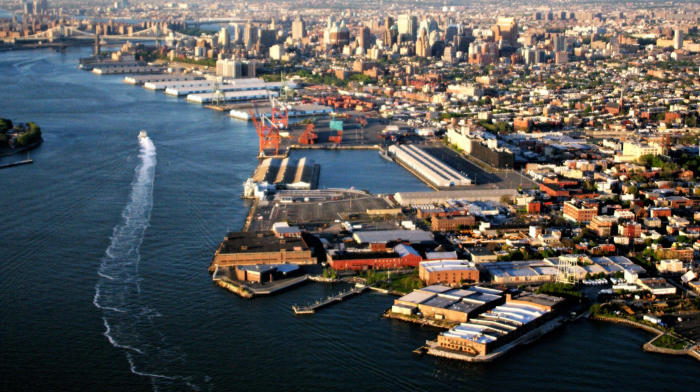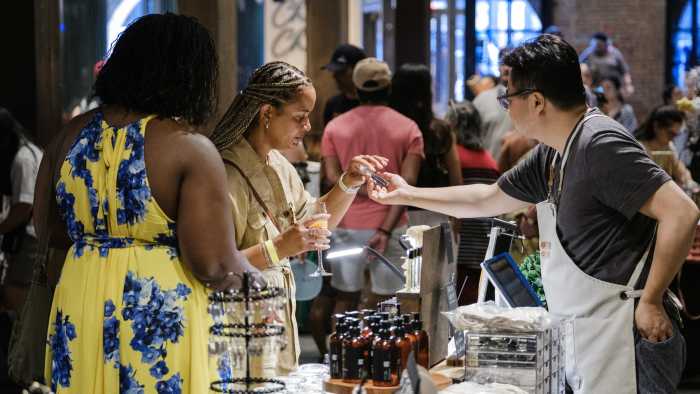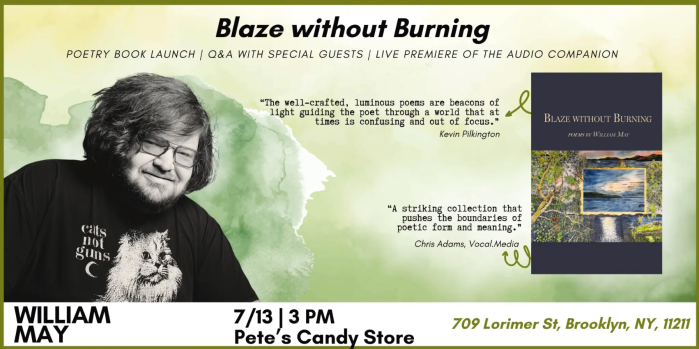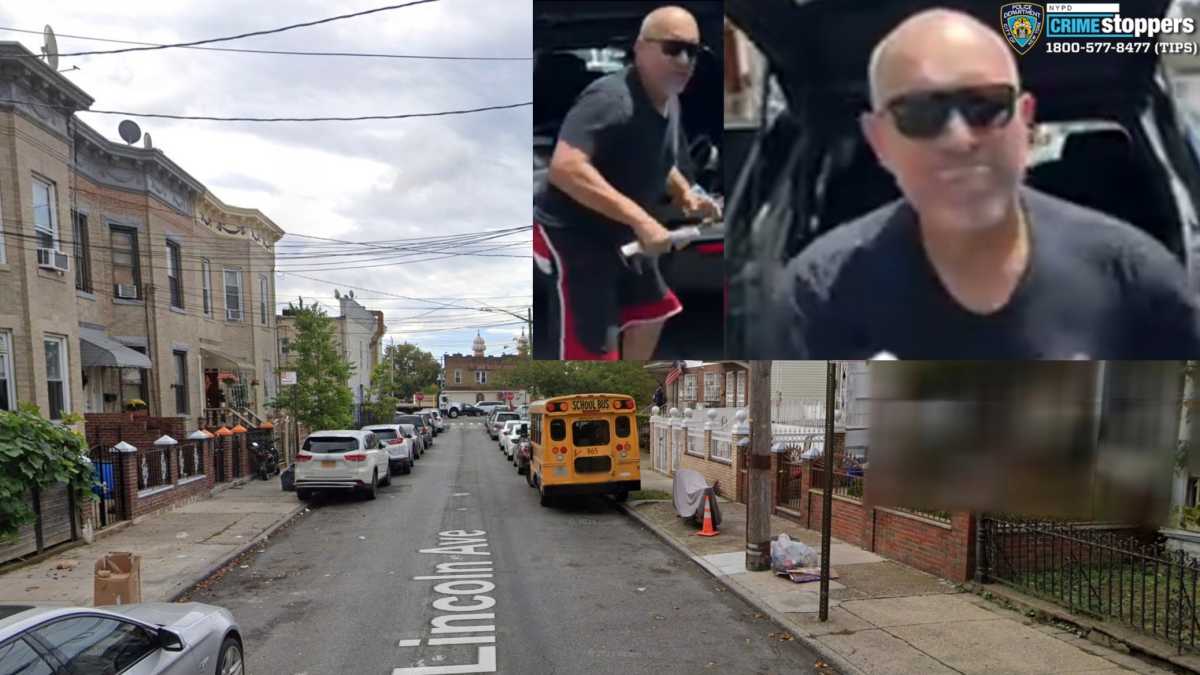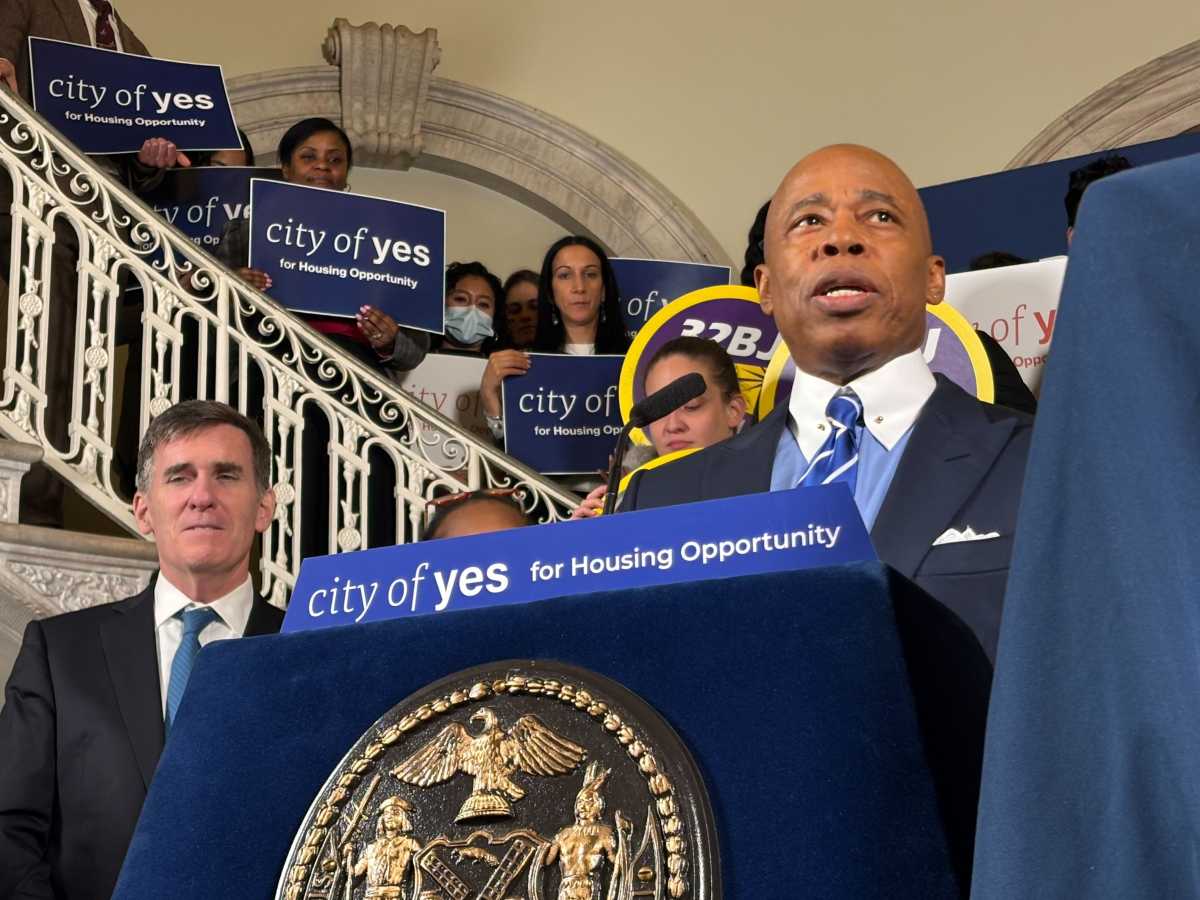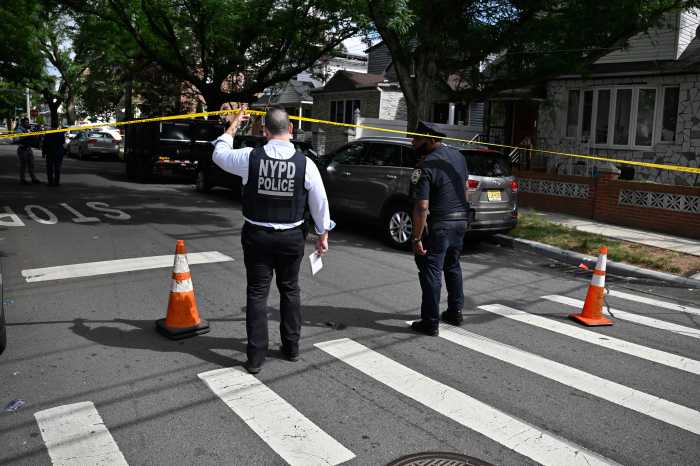Artists, writers and intellectuals in the 19th century glorified absinthe as a substance that stoked their creative fires with its hallucinogenic properties. Teetotalers, governments and other hysterical types simultaneously demonized it as a drink so seductive that it laid waste to all who consumed it.
I’m a skeptical guy, so until I tried La Fée Verte (The Green Fairy, as they say in French), I didn’t believe any of those allegations. But I’m also a reporter, and it’s my responsibility to find the truth and tell it, even if that means getting drunk on the job.
As I was planning this column I reflected on absinthe’s sordid history and all the great minds that loved the drink so well. Ernest Hemmingway swilled it in Spain. Edgar Allen Poe drank it with his publisher in Philadelphia. Oscar Wilde developed a taste for absinthe during his most productive period. Van Gogh, Picasso and a whole slew of European artists known by their last names were so inspired by it that they made absinthe and its drinkers the subjects of their paintings. The mythical ambrosia captured the imaginations of many men who made their mark on history — they became immortal.
After the United States lifted its century-old ban on absinthe last month, I swaggered over to Superfine in DUMBO to try it out. I didn’t see any green fairies or pink elephants, and I certainly wasn’t laid to waste. But I did get wasted — so how can I call the experiment anything but a complete success?
When absinthe was banned in the United States, a bureaucrat with the U.S. Pure Food Board described it as “one of the worst enemies of man, and if we can keep the people of the United States from becoming slaves to this demon, we will do it.” Knowing what I know now, that assertion seems comically hyperbolic and patently false.
I arrived at Superfine at about 8 pm and explained to the bartender that I was a professional on a mission, not an amateur in search of cheap (though, in the case of absinthe, $13-per-shot) thrills. The gentleman to my left, a liquor distributor who sells the particular brand of absinthe served at Superfine, overheard my explanation and put my first drink on his tab. I asked my benefactor how the newly legalized absinthe was selling in Brooklyn. It’s a mixed bag, he said; some places can’t keep it in stock, others can’t give it away.
The bartender poured about an ounce and a half of the translucent green liquid into a short glass, added a dash of simple syrup and a spurt of cold water. When the water hit the absinthe, it turned cloudy and opaque. I picked up the glass, gave it a sniff and poured about half of it down the hatch without bothering to taste it.
Yikes! That was too bold — the stuff is 62 percent alcohol, compared to 40 percent in most booze. Mathematically, I understood the difference, but realistically I had no idea how a mouthful of absinthe differed from a mouthful of bourbon until I swallowed. It was potent, stung my palate and its anise flavor was more intense than its aroma indicated it would be.
I proceeded to sip, just sip, the remaining absinthe.
For my second round, I ordered up an absinthe martini. The bartender gave me a funny look, then poured the $15 drink. The martini was much better than the warm absinthe mixed with sugar water. It was cold and went down easy, but even though the vodka outnumbered the absinthe three to one, licorice was still the dominant odor and flavor.
I ordered another absinthe, this one the same as the first, and a beer to wash it down with. By then, I was no longer in a sipping mood. I sat down again and had a gulp of absinthe followed by a gulp of beer. I started confessing secrets to a colleague whom I had brought along.
I know I took the subway home, but I don’t remember the ride. What I do know is that I slept like a baby and dreamt of green fairies. Maybe there is something to those rumors about hallucinogenic effects after all.
Adam F. Hutton is a staff reporter at The Brooklyn Paper.
The Kitchen Sink
Our recent story about a “No Parking” space on Montague Street that is almost always filled with a car with a city permit is nothing compared to the permit abuse going on along Jay Street between Willoughby and Tillary streets. There are so many illegally parked city cars there that the bus has to stop in the middle of the street. We’d say, “Call a cop!” but the problem is that most of the cars belonged to cops the last time we were there. …
Don’t bid bon voyage to the Waterfront Museum and Showboat Barge. Museum Director David Sharps says he wants to call on other ports as proper docks become available around the metro area, but Red Hook’s Pier 44 will remain the home base. …
Boerum Hill Association members Sue Wolfe and James Crow, also two big game animals of the real-estate jungle, have become vice presidents at the Corcoran Group in Brooklyn. Our congratulations are sincere; really, we’re not just trying to score an apartment.




